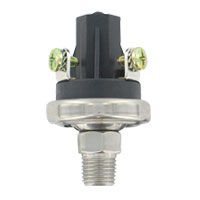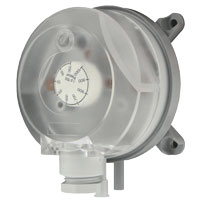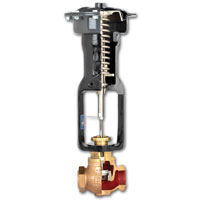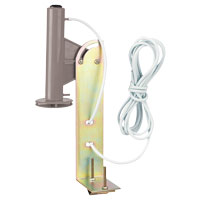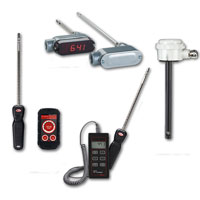Have you ever noticed that some pressure sensors have units listed in PSIG 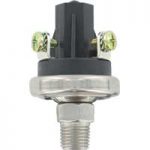 while others list PSIA? There are numerous applications where pressure sensors are used and some applications require a different reference to ensure the most accurate pressure measurement. Continue reading “What is Absolute Pressure and When to Consider Using an Absolute Pressure Sensor?”
while others list PSIA? There are numerous applications where pressure sensors are used and some applications require a different reference to ensure the most accurate pressure measurement. Continue reading “What is Absolute Pressure and When to Consider Using an Absolute Pressure Sensor?”
Ask the Expert – Filter Status Switch
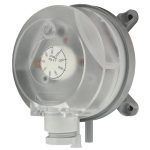
Question: What setpoint should I set my differential pressure switch to for indicating when my filter is dirty?
Control Valve Trim Styles and Flow Characteristics
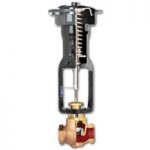
Hi-Flow™ Control Valves vary the flow in a system by throttling the valve plug in and out of the valve seat. The corresponding flow rate through the valve is based on the valve plug and seat type, which is part of the valve trim. Dwyer Instruments, Inc. offers several flow characteristics, needle plugs, and restricted trim options for the Hi-Flow™ Control Valve series.
There are two types of inherent flow characteristic trim styles available in the Hi-Flow™ product line: Linear and Equal percentage. Continue reading “Control Valve Trim Styles and Flow Characteristics”
Ask the Expert – Issues with Referencing Outside Air Pressure
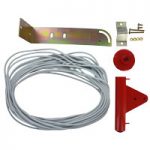
Question: I am trying to measure building pressure relative to outside air pressure. However, in doing so, I am seeing fluctuations in the differential pressure readings. Is there any way to minimize or eliminate these fluctuations? Continue reading “Ask the Expert – Issues with Referencing Outside Air Pressure”
What are Thermo-Anemometers or Hot Wire Air Velocity Sensors?
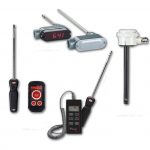
Dwyer Instruments, Inc. offers many air velocity measuring products that use thermal or hot-wire sensors as the sensing element. There are fixed duct mount styles for continuous monitoring, such as the Air Velocity Transmitters, Series 641, and portable insertion styles for testing, such as the Thermo-Anemometer Test Instrument, Model 471B and the Thermo-Anemometer Probe, Series AP2.
Continue reading “What are Thermo-Anemometers or Hot Wire Air Velocity Sensors?”

